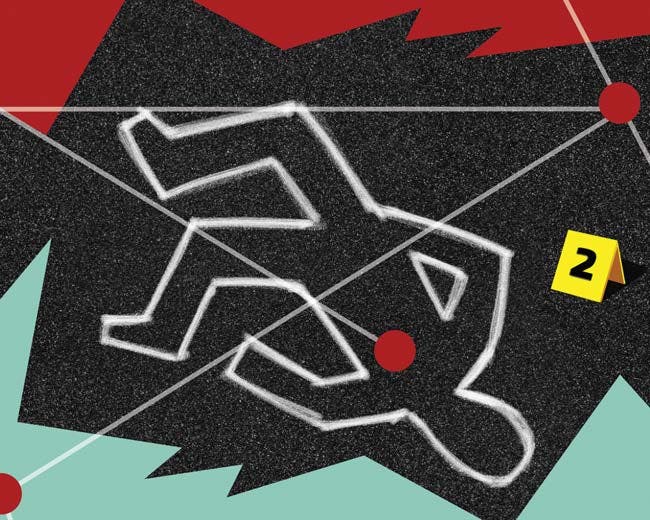Forensic Science in the Courtroom
Forensic Science in the Courtroom
Forensic scientists are often called upon to provide expert testimony at jury trials. But just because someone works as a scientist does not automatically guarantee that their testimony is accepted as evidence. The validity of research results, especially when dealing with new techniques, is often challenged in courts.
Notable Cases
Two notable appellate cases, Frye v. United States in 1923 and Daubert v. Merrell Dow Pharmaceuticals in 1993, have shaped how judges in the U.S. decide whether to admit or exclude scientific expert testimony. Whether a person’s life is at stake in a criminal trial or millions of dollars are on the table in a civil case, what is considered “good science” can have an impact well beyond the courtroom.

